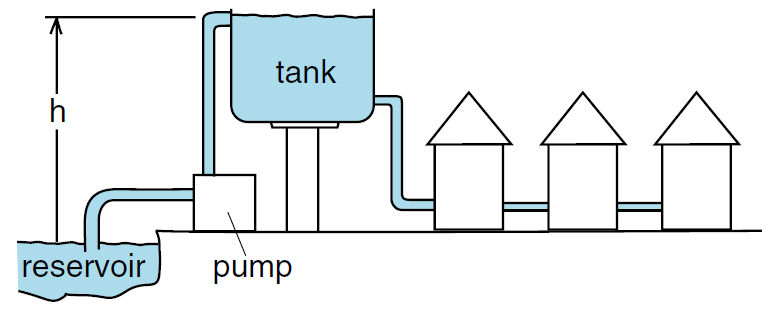
تاريخ الفيزياء

علماء الفيزياء


الفيزياء الكلاسيكية

الميكانيك

الديناميكا الحرارية


الكهربائية والمغناطيسية

الكهربائية

المغناطيسية

الكهرومغناطيسية


علم البصريات

تاريخ علم البصريات

الضوء

مواضيع عامة في علم البصريات

الصوت


الفيزياء الحديثة


النظرية النسبية

النظرية النسبية الخاصة

النظرية النسبية العامة

مواضيع عامة في النظرية النسبية

ميكانيكا الكم

الفيزياء الذرية

الفيزياء الجزيئية


الفيزياء النووية

مواضيع عامة في الفيزياء النووية

النشاط الاشعاعي


فيزياء الحالة الصلبة

الموصلات

أشباه الموصلات

العوازل

مواضيع عامة في الفيزياء الصلبة

فيزياء الجوامد


الليزر

أنواع الليزر

بعض تطبيقات الليزر

مواضيع عامة في الليزر


علم الفلك

تاريخ وعلماء علم الفلك

الثقوب السوداء


المجموعة الشمسية

الشمس

كوكب عطارد

كوكب الزهرة

كوكب الأرض

كوكب المريخ

كوكب المشتري

كوكب زحل

كوكب أورانوس

كوكب نبتون

كوكب بلوتو

القمر

كواكب ومواضيع اخرى

مواضيع عامة في علم الفلك

النجوم

البلازما

الألكترونيات

خواص المادة


الطاقة البديلة

الطاقة الشمسية

مواضيع عامة في الطاقة البديلة

المد والجزر

فيزياء الجسيمات


الفيزياء والعلوم الأخرى

الفيزياء الكيميائية

الفيزياء الرياضية

الفيزياء الحيوية

الفيزياء العامة


مواضيع عامة في الفيزياء

تجارب فيزيائية

مصطلحات وتعاريف فيزيائية

وحدات القياس الفيزيائية

طرائف الفيزياء

مواضيع اخرى
Cylindrical Tank as a Constant Voltage Source
المؤلف:
E. R. Huggins
المصدر:
Physics 2000
الجزء والصفحة:
669
20-12-2020
2263
Cylindrical Tank as a Constant Voltage Source
One of the main uses of a water storage tank is to maintain a water supply at constant hydrodynamic voltage.
Figure (1) is a schematic diagram of a typical town water supply. Water is pumped from the reservoir up into the water tank where a constant height h and therefore constant voltage ρgh is maintained. The houses in the town all draw constant voltage water from this tank.
Let us see what would happen if the water tank was too small. As soon as several houses started using water, the level h in the tank would drop and the pump at the reservoir would have to come on. The pump would raise the level back to h and shut off. Then the level would drop again and the pump would come on again. The result would be that the hydrodynamic voltage or water pressure supplied to the town would vary and customers might complain.
On the other hand if the town water tank has a large cross-sectional area and therefore large capacitance C, a few houses drawing water would have very little effect on the level h and therefore voltage ρg h of the water. The town would have a constant voltage water supply and the water company could pump water from the reservoir at night when electricity rates were low. We will see that one of the important uses of electrical capacitors in electric circuits is to maintain constant or nearly constant electric voltages. There is an accurate analogy to the way the town water tank maintains constant voltage water. If we use too small a capacitor, the electrical voltage will also fluctuate when current is drawn.

Figure 1: Town water supply. By maintaining a constant height h of water in the storage tank, all the water supplied to the town has a constant hydrodynamic voltage Vhρ gh .